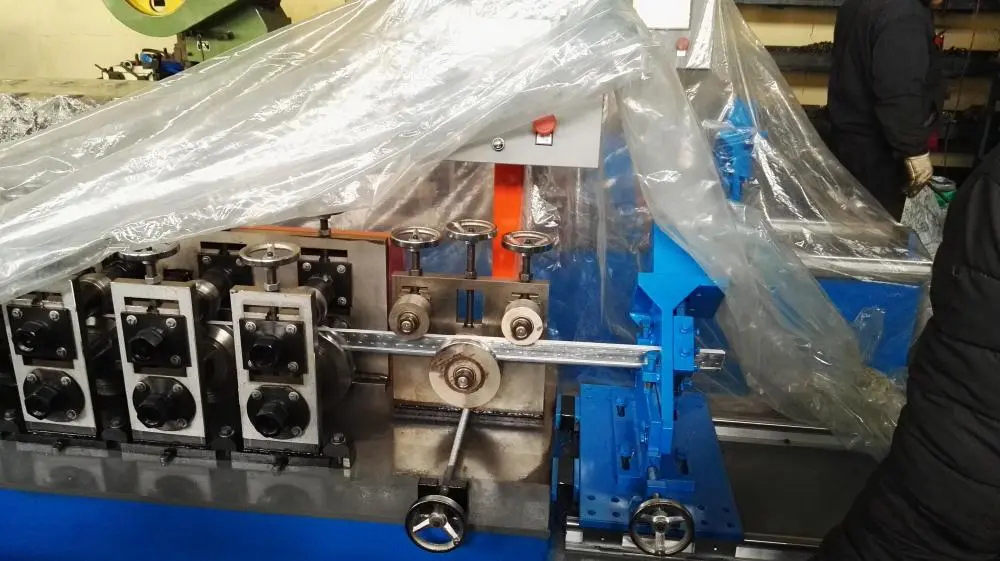
Innovations in Rain Downspout Forming Machines
In recent years, the advancement of technology has significantly impacted various manufacturing sectors, one of which is the production of rain downspouts. Rain downspout forming machines have become essential for fabricators who strive to meet the rising demand for efficient and durable drainage solutions. This article explores the significance of these machines, their working mechanisms, and the benefits they offer to both manufacturers and end-users.
Rain downspouts are vital components of a building's rainwater drainage system. They serve to direct rainwater from the roof to the ground, preventing water damage to the structure and minimizing the risk of soil erosion. As environmental concerns regarding water management grow, the demand for high-quality rain downspouts has surged, prompting manufacturers to invest in advanced forming technologies.
Rain downspout forming machines work through a process known as roll forming. This innovative method involves feeding a flat strip of metal, typically aluminum or galvanized steel, into a series of rollers that gradually shape the material into a desired profile. This is achieved without any cutting or welding, allowing for continuous lengths of downspouts to be produced efficiently. With the capability to produce varying sizes and profiles, these machines ensure that manufacturers can meet specific client needs while maintaining high-quality standards.
One key advantage of utilizing rain downspout forming machines is the optimization of production efficiency. Traditional methods of creating downspouts often entail excessive waste and longer lead times. In contrast, the roll forming process minimizes material waste by utilizing the full length of the metal strip. Additionally, these machines can operate at high speeds, reducing the time taken to produce large quantities of downspouts. As a result, manufacturers can respond more swiftly to market demands, ultimately increasing their profitability.

Moreover, the precision engineering involved in forming downspouts with these machines leads to superior product quality. This precision ensures consistent thickness and dimensions, which are critical for proper fitment and functionality. High-quality downspouts not only perform better in directing water but also have a longer lifespan, reducing the need for frequent replacements. This durability appeals to consumers looking for cost-effective solutions in the long run.
Another noteworthy aspect of modern rain downspout forming machines is their adaptability to automation. Many of the latest models are integrated with computer numerical control (CNC) technology, allowing for precise programming and rapid adjustments. Operators can easily switch between different downspout profiles with minimal downtime. This flexibility also enables small manufacturers to diversify their product offerings without extensive investments in new equipment.
As sustainability becomes a global priority, rain downspout forming machines contribute to environmentally friendly practices in multiple ways. By minimizing material waste and allowing for the use of recyclable materials, these machines promote a more sustainable manufacturing process. Furthermore, high-quality downspouts are less likely to fail, resulting in reduced maintenance and replacement costs over time.
In conclusion, the evolution of rain downspout forming machines stands as a testament to the progress within the manufacturing industry. Their ability to enhance efficiency, precision, and sustainability makes them indispensable for modern fabricators. As the demand for effective water management solutions continues to rise, the role of these machines will likely expand, paving the way for innovation and improved standards in rainwater drainage systems. With ongoing advancements in technology, we can anticipate even greater efficiencies and capabilities in the future of downspout production.